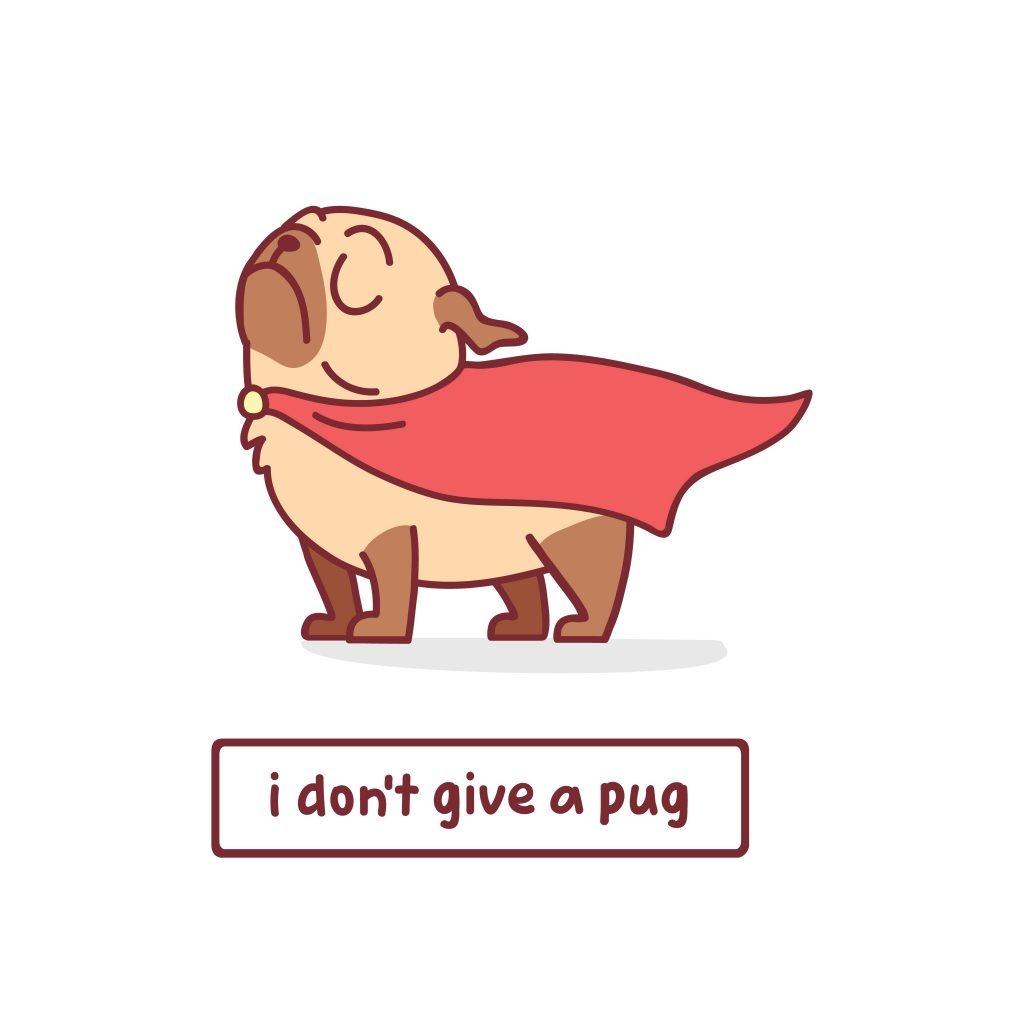How do I Use Potty Training Spray?
A: It’s common to use an artificial spray (external link here –
to trigger your Pug if potty training your Pug is difficult. A potty spray bottle is super helpful in potty training baby Pugs and elder dogs.
Using it is also simple and easy. Just spray one or two circles around the designated area. The attractant scent helps Pugs, and other dogs know that this is the right place.
Why my Pugs can’t go potty in the right place?
A: There are many reasons for potty failure in Pugs. However, you should know that different dogs learn in different ways.
In most cases, it could be your Pug getting the wrong idea. In other words, the way you are communicating is not the way that your Pug learns. It may be necessary to try different things.
It’s even harder to get the habit unlearned; yet, it’s still possible.
If you are taking in a more senior rescue Pug, it may be a challenge. He may have learned some bad habits at his last home. This is when consistency is even more important for potty training your Pug.
If you can nail down the problem from the start, there is still a chance to fix it. You may have a vet to give more advice on potty training your Pug.
Nevertheless, it’s hard to fail if you are consistent.

